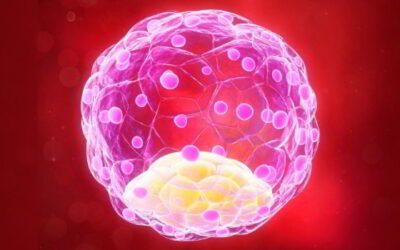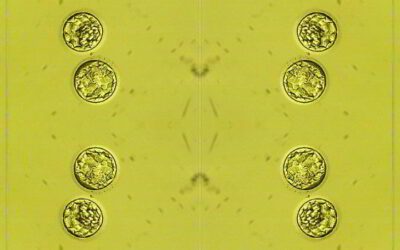Maximum patients worry about what they can do or cannot do after an embryo transfer. They have the fear that if they do something wrong, the embryo would not attach or fall out. This is just not true. With the proper guidance of the doctors, it does not have any chance to fall out.
Doctors will advise to relax and take it easy after the embryo transfer but complete bed rest is not required. The process is handled by experienced doctors, who make sure that the transfer is completely successful without any flaw.
20+ Years Of Experience as Fertility Specialists
20 Years Of Experience as a Fertility Specialists
National Fertility Awards 2023
Call Us
+919990044555
The process to place the embryo in the uterus
A thin, soft catheter threads through the cervix under ultrasound supervision. It helps to be very accurate in the embryo placement location. This is generally 1 to 2 cm from the top of the uterine cavity. After cleansing the cervix with solution, the doctor will place an empty transfer catheter through the cervix into position inside the uterine cavity.
Then the embryologist will bring the catheter containing the embryo(s) from the lab, a few feet away. It helps the doctor to minimize the time that the embryos are exposed. Once we have the embryo(s), the doctor feeds the catheter with the embryo(s) through the empty catheter that is in place.
After placement of the embryo(s), the embryologist checks the catheter under the microscope to make sure that the embryo(s) is transferred properly. Once the embryo has been transferred back into your uterus, it will not have a place to move freely or fall out.
When your embryo is allocated between the uterine walls and the muscle contracts, it builds a protected environment for your embryo to finally bury itself deep within your thick uterine lining and start to grow.
As the uterus is a tough muscle that protects the embryo or fetus, there is a thick gel inside it. This is the place where the embryo attaches and holds the implanted embryo in place. Therefore, you cannot pee or poop out your embryo.
FURTHER READING
The bottom line
It is recommended that you should take a rest of at least an hour to let the embryo settle in the uterus. Afterward, you are free to continue with physical activities like standing, sit, or go for a good walk. There are no risks that the healthy receptive embryo inside would fall out. It is recommended, that you should pamper yourself to be more relax and be at ease.
Share this with
Book An Appointment
Follow Us On
Related Blogs
Why do blastocyst not implant?
The reasons for an unsuccessful implantation are very uncommon and rare as well. Blastocyst provides a greater chance of becoming pregnant therefore the procedure is handled properly as well.
What happens after blastocyst transfer?
Before jumping to the immediate question first let’s have a small brief of what is blastocyst transfer. Blastocyst transfer is the transfer of embryos that have achieved a higher stage of development.
Follow Us On
About Author





